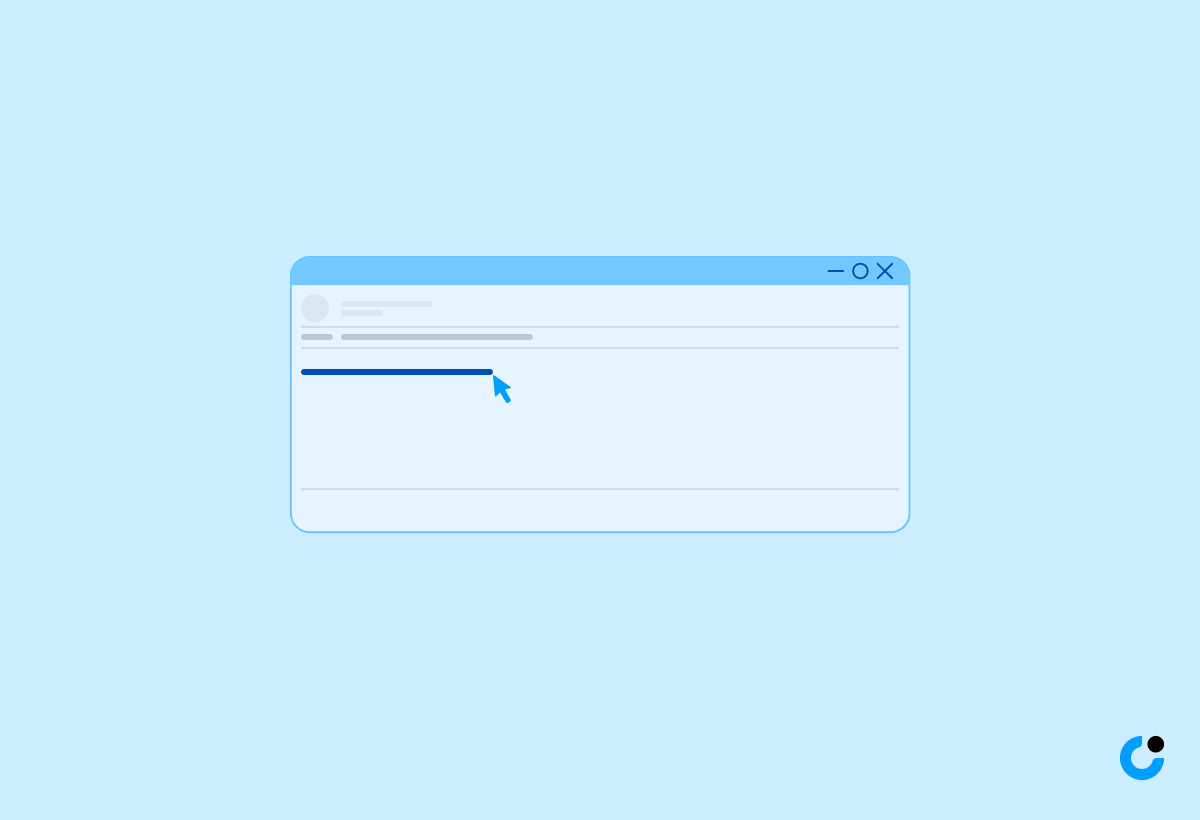When it comes to writing an email, the way you start can make a huge difference in how your message is received. In this article, we will explore the art of crafting the perfect email opening that captivates your reader from the get-go. Whether you're reaching out to a potential client, following up on a job application, or simply trying to make a connection, we've got you covered with tips and tricks for starting your emails off on the right foot. Let's dive in!
Key Takeaways:
Be clear and concise in your subject line to grab attention and set expectations.
Use a personalized greeting and avoid generic openings to establish a connection with the recipient.
Include a strong and specific opening sentence that entices the reader to continue reading and sets the tone for the rest of the email.
Email Greetings: Importance and Best Practices
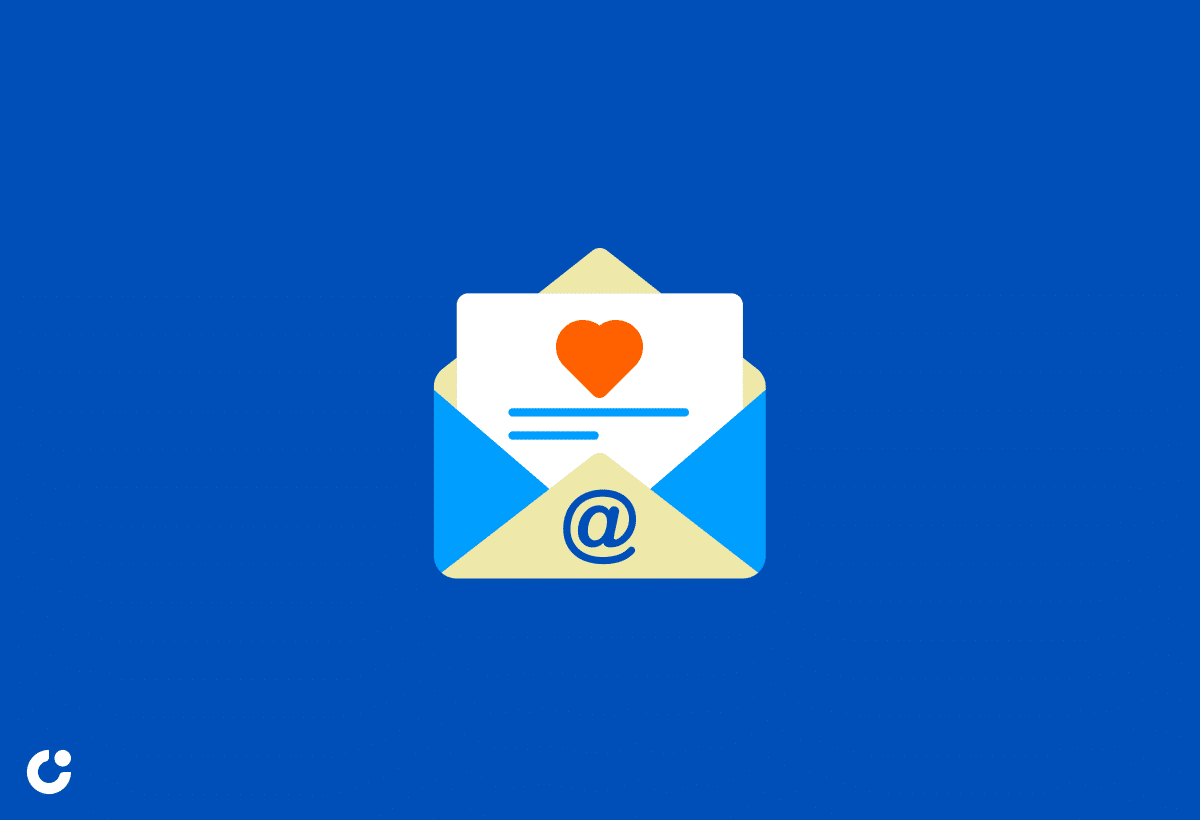
Email greetings are a pivotal aspect of professional communication, setting the tone and establishing rapport with the recipient. Whether formal or informal, the right salutation showcases respect and cultivates positive relationships in the workplace.
When crafting an email, the initial greeting serves as the gateway to further interactions. It not only reflects the sender's professionalism but also demonstrates their awareness of appropriate email etiquette. Tailoring the level of formality in greetings to match the context and relationship with the recipient is crucial. For instance, a simple 'Hi' may work well for a colleague, while 'Dear Mr. Smith' would be more fitting for a client or superior.
Formal Email Greetings
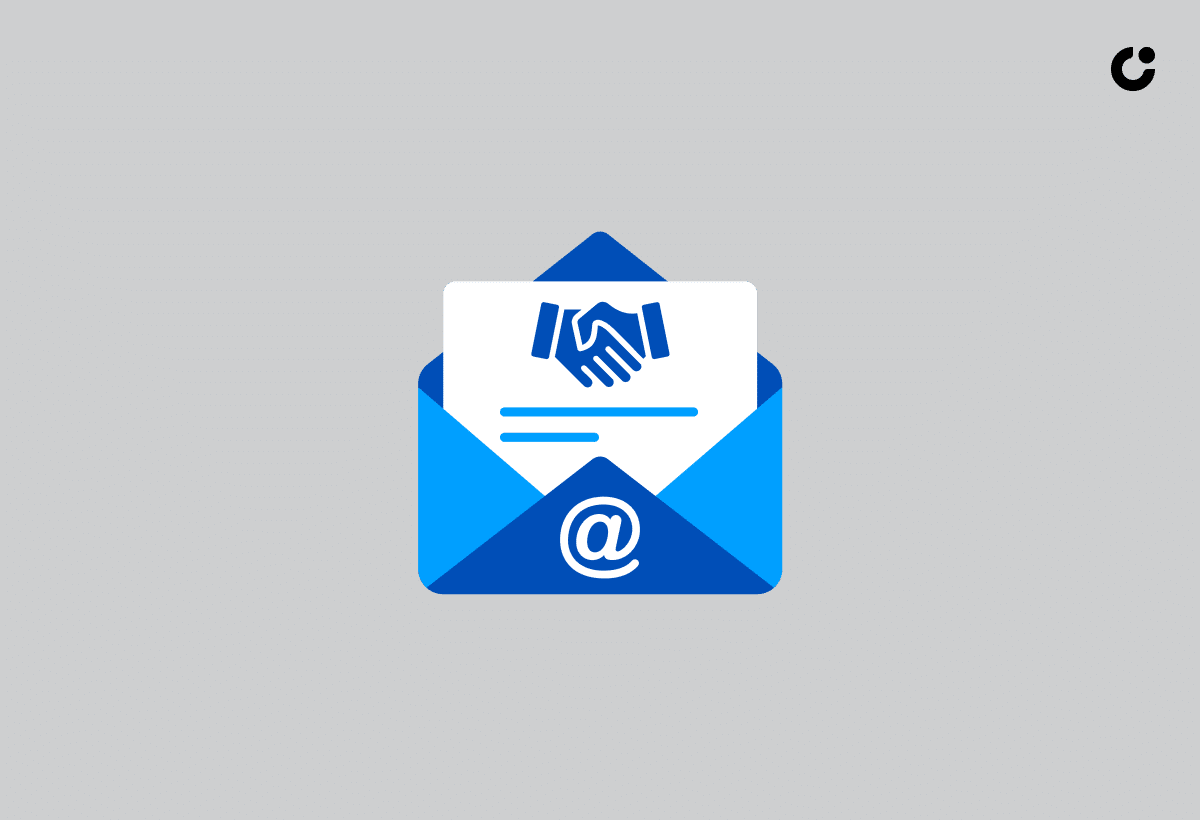
Formal email greetings are crucial in professional settings, signaling respect and adherence to workplace norms. Choosing the right salutation sets the tone for a productive exchange.
When crafting a formal email greeting, it's essential to strike a balance between professionalism and warmth. A commonly used formal salutation is 'Dear [Recipient's Name],' which demonstrates politeness and acknowledges the recipient's status. This traditional greeting is suitable for most business scenarios. Alternatively, 'Good morning/afternoon, [Recipient's Name]' or 'Hello, [Recipient's Name]' can be appropriate for a slightly less formal tone.
These greetings show consideration for the recipient while maintaining a level of professionalism. Remember that the choice of salutation can vary based on the relationship with the recipient and the context of the email. Consistency in using formal greetings helps establish a respectful and courteous communication style, contributing to positive workplace interactions and fostering professional relationships.
Informal Email Greetings
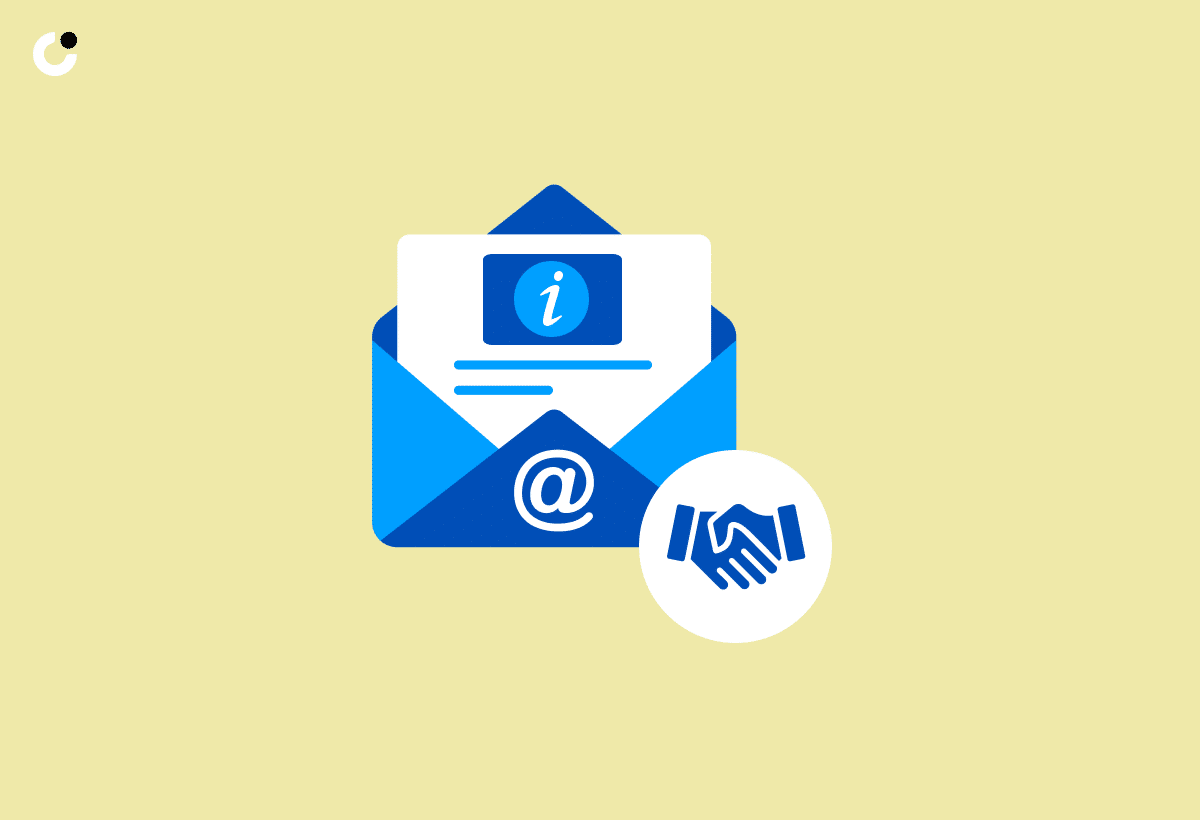
Informal email greetings offer a more relaxed approach to communication, fostering a sense of closeness and camaraderie in workplace interactions. Choosing the right informal salutation can enhance relationships.
By starting an email with a friendly 'Hey [Name],' or 'Hi [Name],' instead of a formal 'Dear [Name],' the tone immediately feels more personable and approachable. This informal touch can break down communication barriers and create a warmer connection between colleagues.
For example, beginning an email with 'Happy Tuesday, Tom!' or 'Morning Sarah!' sets a positive tone for the conversation and adds a personal touch. These small gestures can go a long way in fostering a positive work environment where team members feel valued and understood.
Email Greetings in a Remote and Hybrid Work Environment
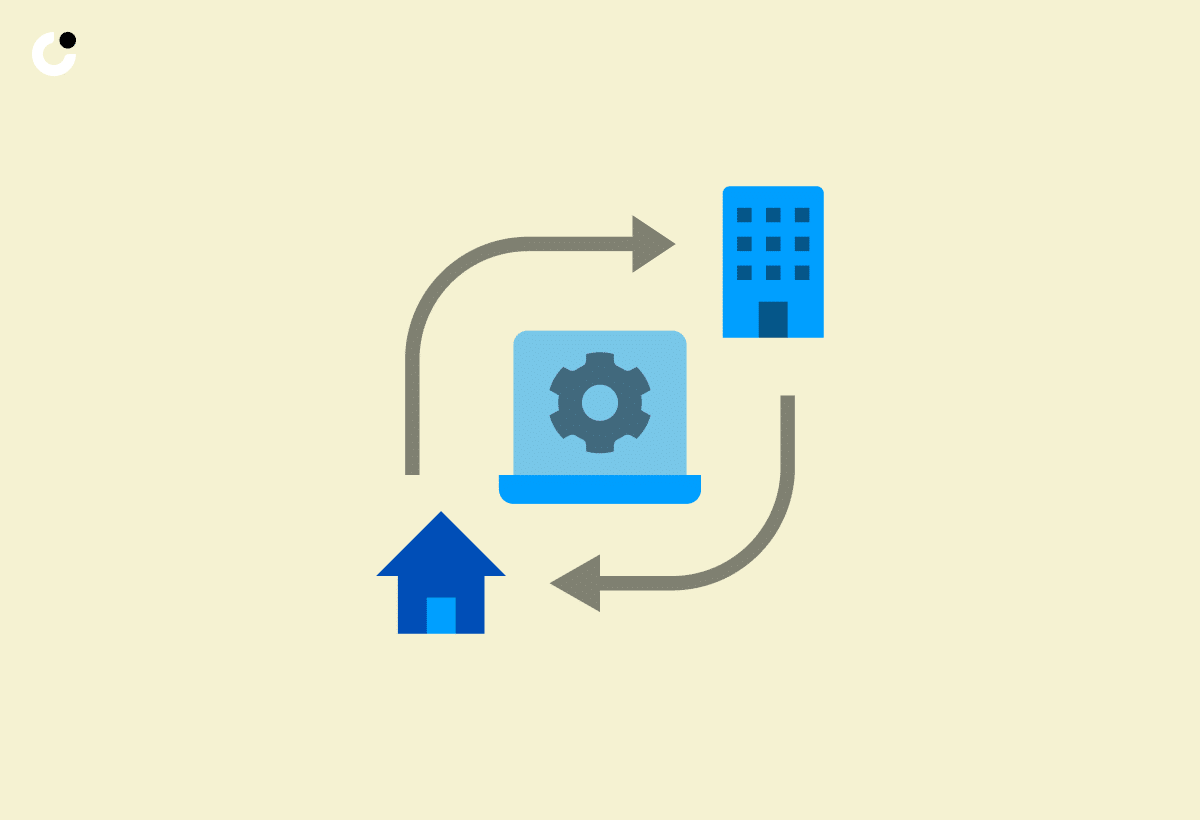
Email greetings play a crucial role in remote and hybrid work environments, bridging the gap in virtual interactions and maintaining workplace culture. Choosing appropriate salutations is key to effective communication.
In a virtual setting, where face-to-face interactions are limited, the tone set by email greetings can significantly impact the overall communication experience. Tailored greetings can help establish a professional atmosphere, regardless of physical distance, and foster a sense of connection among team members. By using personalized salutations, such as 'Dear Team,' 'Hello colleagues,' or 'Good morning everyone,' individuals can feel acknowledged and valued, enhancing morale and teamwork. Navigating the nuances of email etiquette in various work environments, from formal corporate settings to more casual startups, can be challenging but rewarding."
Frequently Asked Questions
How can I begin an email for maximum impact?
To begin an email for maximum impact, start with a strong and attention-grabbing subject line that summarizes the purpose or main point of your email. This will entice the recipient to open your email and continue reading.
What are some effective ways to start an email?
There are several effective ways to start an email, such as using a personal greeting, referencing a previous conversation or connection, starting with a relevant and intriguing question, or diving straight into the main purpose of your email.
What should I avoid when starting an email?
Avoid using a generic or impersonal greeting, starting with a long and irrelevant introduction, or including too much information in the opening sentence. These can lead to a lack of interest from the recipient and decrease the impact of your email.
How can I tailor my email opening to the specific recipient?
Research the recipient's background and interests, and use that information to personalize your email opening. This could include referencing a mutual connection, mentioning a recent accomplishment of theirs, or highlighting a specific interest of theirs that relates to your email.
Why is it important to have a strong start in an email?
The first few sentences of an email are crucial in grabbing the recipient's attention and setting the tone for the rest of the message. A strong start can make a lasting impression and increase the chances of your email being read and responded to.
Can I use humor when starting an email?
While using humor can be effective in certain situations, it is important to use it sparingly and make sure it is appropriate for the recipient. Some people may not appreciate humor in a professional or formal setting, so it is important to know your audience before incorporating it into your email opening.

